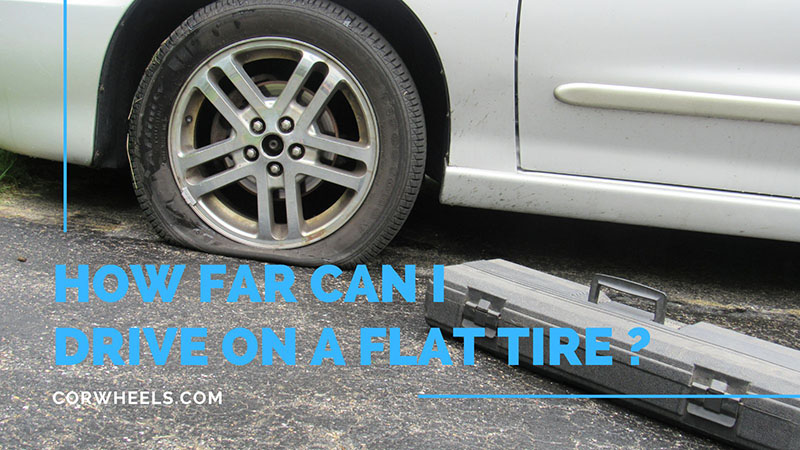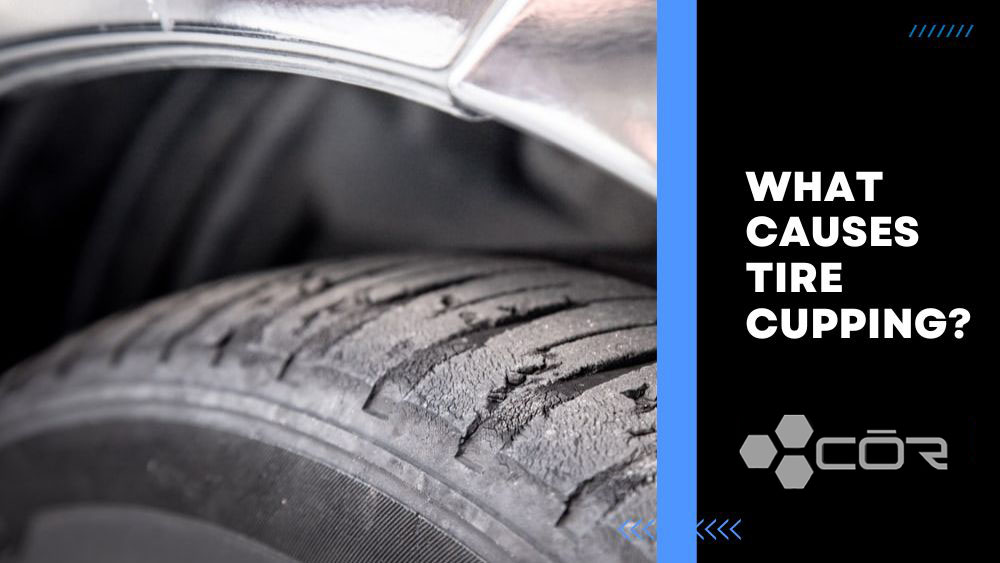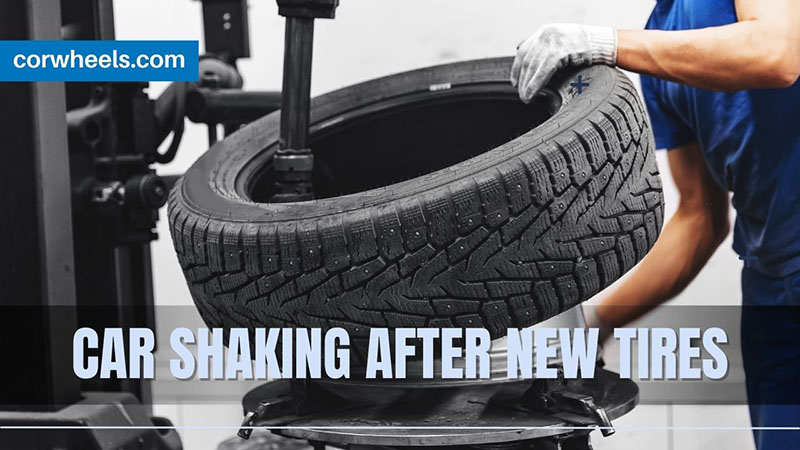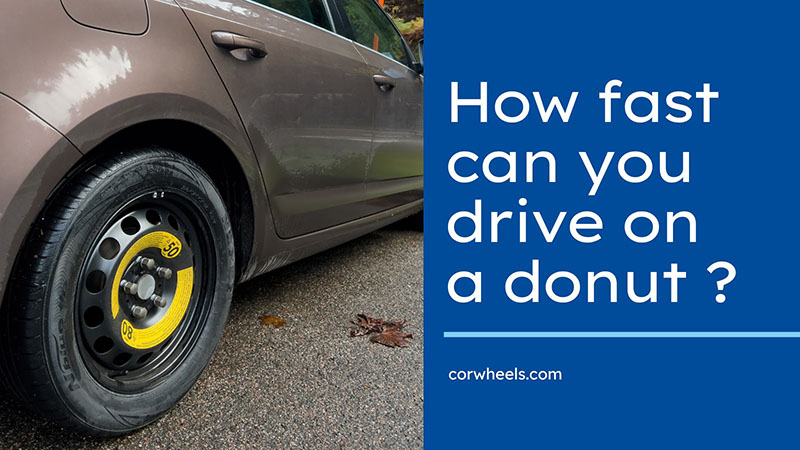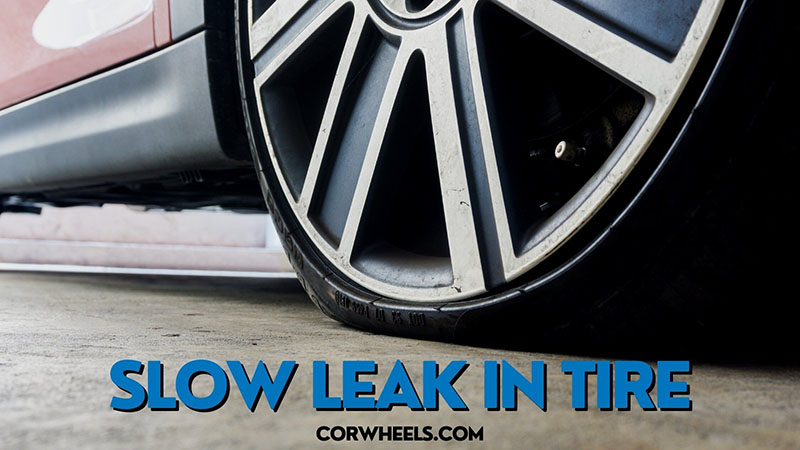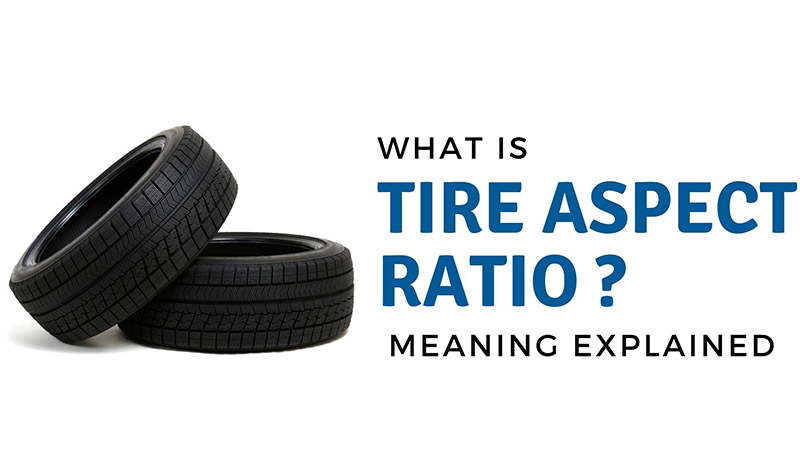Obvious signs do not always forewarn a flat tire. Out of a sudden, your vehicle suffers from a loud noise then it goes off the track. Stay calm, as the situation is not a dead end. Your car can still operate some extra miles to reach the intended destination or repair shops. The question is: How long can you drive on a flat tire? Scroll down for the answer.
In this article:
Can You Drive With A Flat Tire?
Of course, yes. However, that does not equal a green flag to hit the road at lightning speeds on highways with a flat tire. Make sure you stay within the 50-mile limit with a top speed of 55 miles per hour if you are in this dilemma.
It would help to keep your travel distance as short as possible to reduce heavy losses. Most importantly, other parts like the brakes, steering, and suspension also fall victim to damage.
Is Driving With A Flat Tire Safe?
Absolutely NO. A flat tire poses potential accident risks, especially when it comes with corroded rubber. In this situation, the rim suffers a heavier pressure than its acceptable load, leaving severe consequences.
For the rim
Once the air pressure is subpar or runs out, the rim directly shoulders the friction between the moving car and the road surface. Without the rubber fulcrum, this component is exposed and badly damaged.
For tires
As per the manual, tires require a certain pressure to maintain shape and quality. When a broken part continues to friction on the road and comes in contact with heat and small sharp objects, its air loss condition worsens.
A puncture less than 0.25″ in diameter is repairable, but larger or internal ones send the tire to the junkyard. In other words, you cannot do anything but spend money on a new item while letting the worn tire work to its limit.
See more: Can you patch a run-flat tire
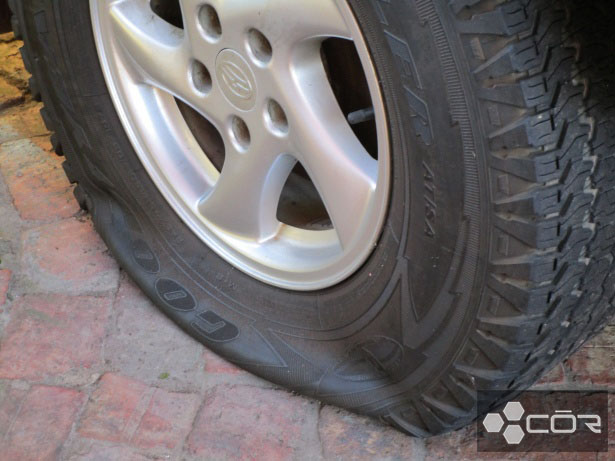
For suspension system
The subsequent increase in stress strains the suspension. The vehicle then loses balance and ends up with deterioration in many parts, such as the suspension, brake lines, rotor, or fenders.
For the driver and passengers
A deformed tire reduces handling and control over the vehicle. It is too dangerous to turn or navigate on busy roads. Additionally, the suspension and brakes that lose a part of their effect hinder the driver’s ability to take quick action to overcome accidents.
The worst-case scenario is a tire blowout due to a sudden pressure drop. Instinctively, drivers tend to use the brakes, which often ends up with extreme aftermath.
How To Deal With A Flat Tire While On The Road
Reduce Speed
Though experts recommend a top speed of 55 mph, it is not exactly what you should follow. Keep your pace below 20 mph to limit irreparable losses, and stay safe.
If your car goes downhill, you’d better maintain gentle pressure on the accelerator or use the available momentum (pay attention to the brakes). The best practice is to idle until you come to a safe stop.
Stay On The Smooth Surface
Should you intend to drive on a bumpy road, give up on this idea. Degraded infrastructure, including sockets, damaged asphalt, and even steep slopes, cause your vehicle to lose the center of gravity and take a toll on the rims.
Instead, highway curbs or paved roads help minimize losses. We also do not recommend a quick rush on sand, mud, or wet terrains. Your recklessness leads to only one result – your vehicle slips or gets stuck.
Try To Maintain The Straight Direction
As mentioned above, a flat tire means the loss of a fulcrum on one side. Hence, drivers fail to achieve a good turn even with their skill. Moving slowly on the most direct route to the intended destination is safe. Curvy roads require sharp steering, which goes against the safety principles for passengers and your vehicle.
Remember that you should stay flexible in dealing with resistance. Keeping the wheels fixed but not influencing your handling gives the best result.
Do Not Go Far
You already know the safe distance to operate with a flat tire, so do not risk it. It is best to put your safety first and then the car repair. If the garage is located out of this range, make your all-out effort to pull over to the roadside.
Gear Towards The Safe Stoppings
If you are moving between busy traffic lanes, turn on your warning lights to get the attention of other road users. Once you exit the bustling road, pull over quickly.
Do not leave the vehicle until you apply the parking brake and the hazard signals. After that, stay calm and consider the options below.
Stop And Ask For Help
You are blessed if there is a repair shop within reach. Otherwise, what happens? First, look for nearby gas stations. These locations often equip the essential supplies to deal with your problem temporarily. If fortune smiles on you, you may find an experienced staff member who provides qualified assistance.
Once you decide not to move any further, consider calling for roadside assistance. The rescue team has experts who perform tire replacements right at your current location.
However, mechanics cannot guarantee all structural damages. When the situation gets worse, reach for a tow truck. This service dispatches a support vehicle to tow your car to the service center according to your request.
DIY
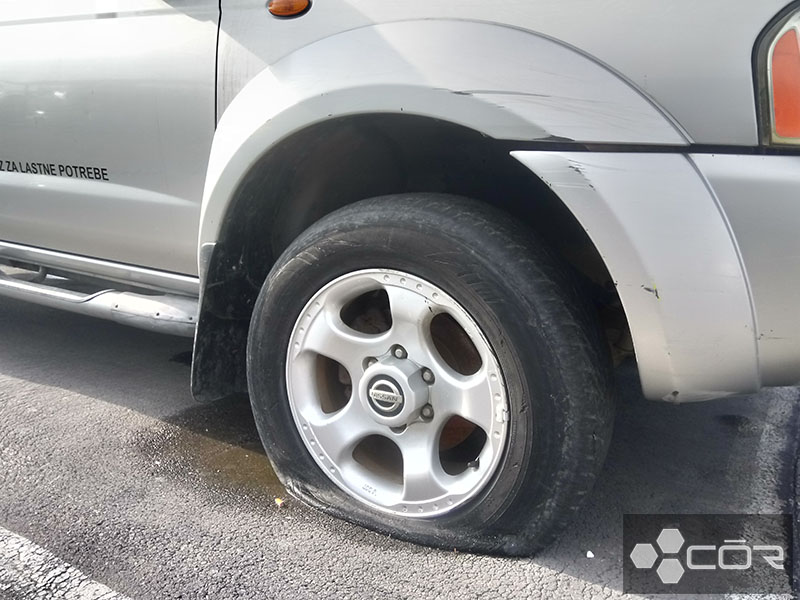
There is nothing better than a wealth of mechanic experience to overcome difficulties, but sometimes newbies have to do tire repairs themselves as a last resort. Do not worry if you have no idea about this task.
Referring to the manual, the process takes a few simple steps with the spare items. Should you not find the usage instructions, YouTube offers hundreds of tutorial videos for your job.
What Should You Do To Prevent Tire Inflation?
Invest In High-Quality Parts Or Run-Flat Tires
A top-notch tire may cost you an amount, but it comes with a reliable tread compound. This feature is a cost-effective investment when you regularly drive on rough terrain.
Consider the climate where you live to make an excellent choice. Specialized winter or summer tires provide good adaptation to extreme weather conditions.
We highly recommend a run-flat tire as the optimal purchase. This item is designed to maintain good performance even when completely deflated. Special add-on compound relieves stress on your vehicle and extends the allowable range by up to 100 miles.
Do The Tire Pressure Check Monthly
The rule of thumb for a long lifespan and fewer unexpected problems is regularly performing pressure measurements. According to NHTSA, you should have your car checked once a month with backups included. Owners should not wait for the monitoring system to issue warnings as it only works at a significant loss.
Instead, invest in a pressure gauge and add reminders to your to-do list. An important tip is to carry out the process three hours after the vehicle stops so that the tires “cool down.” Then compare with the manufacturer’s recommended PSI and perform maintenance if necessary.
Rotate The Tire And Check The Tread Periodically
Tire rotation helps to distribute corrosion evenly across the tread system. It will help if you do this every time you change the engine oil or every 5,000 – 10,000 miles.
Ideal conditions for tire tread are a minimum of 3/32 inch depth and no cracks or bulges in the side walls. Otherwise, it’s time for a new set of tires.
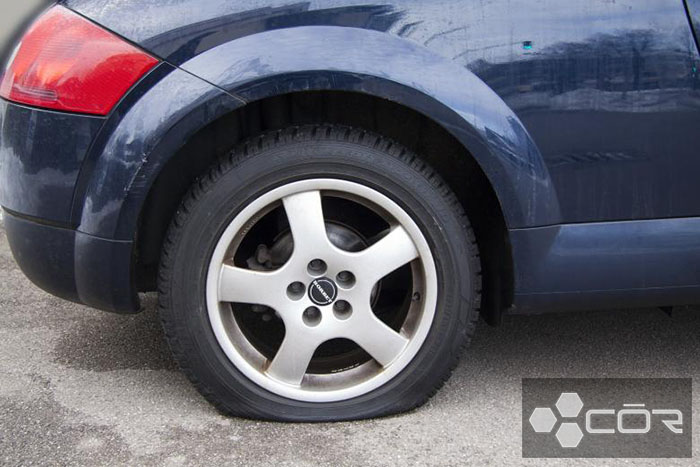
Check For The Road Hazards
In fact, roads are full of hazards such as shards of glass, nails, or potholes. These objects can puncture and deflate your tire.
It is essential to check your route in advance and watch it carefully while you are on the move. Good preparation does not always save you from trouble, but at least it points out the possibilities of problems. Hence, you are ready to consider an alternative route or bring a maintenance kit.
Maintain The Tire Load Limit
Along with the ideal pressure index, pay attention to the maximum load rating. An overload creates excessive tension and leads to serious tire damage. If the owner wants to handle a heavier weight, apply an extra air pump within the recommended range.
FAQs
How Long Can A Car Sit On A Flat Tire?
The maximum time is 24 hours if you care about the tires. The holes do not expand significantly if the vehicle does not move further. However, the risk of abrasion may promote tire damage. It is best to repair or replace it as soon as possible.
Can You Leave A Flat Tire Overnight?
You can, but it’s never the best idea. You should quickly provide more pressure to the tire to minimize the weight on the rim and other components. If you do not have the time, call roadside assistance and pay for a comprehensive service.
Conclusion
Can I drive 1 mile on a flat tire? Yes. A short distance is fine, but remember to take advantage of our tips above to minimize the damage. Tire inflation problems are not something you can sleep on. We also recommend learning to replace the tire yourself for emergencies.
See more:

